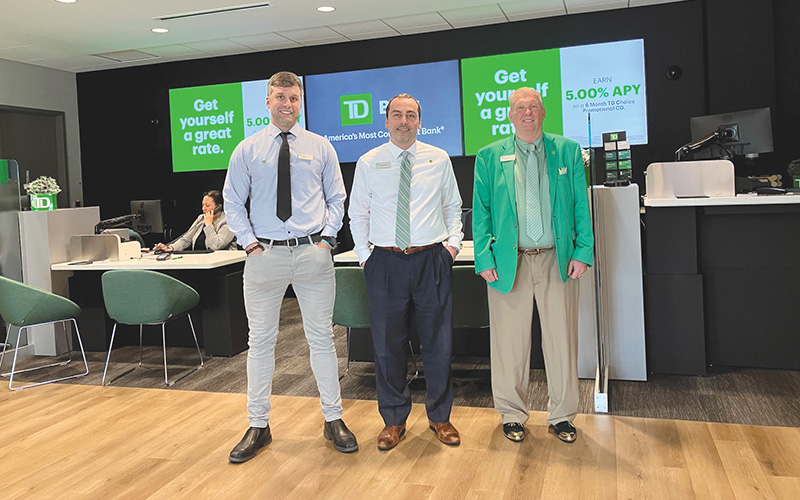Does your association have a post-hurricane and disaster event plan in place? As I discussed in my last article, preparation is key for property owner associations when it comes to being ready for catastrophic events. But once the event happens, there are some steps your association should take.
Communication is an extremely important part of pre- and post-disaster events. One of the first steps after a hurricane or other disaster is to assess any damages that may have occurred. If a catastrophic event happens, such as a hurricane, tornado or hail storm, there should be an initial inspection of the structures, common areas and equipment by the board of directors, general contractor or professional community manager.
The purpose of the initial inspection is to assess the severity of the damages, determine if the property is safe to access, and decide what mitigation may be needed to prevent further damage. Mitigation efforts may include putting tarps on roofs; shutting off utilities; boarding of windows and doors; extracting water; and removal of trees or other items which may block vehicular and pedestrian access to the site.
Once the initial inspection is complete, communication should immediately be sent to the membership describing the findings of the initial inspection. If there are structural damages or safety issues, the membership should be instructed not to access the site and also be reassured that they will be notified as soon as access is possible.
After the initial inspection, the board may decide it is in everyone’s best interest to hire security personnel to monitor access to the buildings and common areas. If the severity of damage is not significant enough to warrant professional security, Warning and No Trespassing signs should be posted at all access points. In some situations, it may be necessary to have fencing installed around the perimeter to restrict access.
Previously, in my tips on pre-event preparation, I recommended vetting and selecting a licensed, qualified and financially stable general contractor (and possibly a project manager) before a catastrophic event occurs. The next post-disaster step is to get with your general contractor to perform a detailed inspection, including common areas, condominium buildings and units. Once the detailed inspection is completed, the findings should be communicated to the membership.
If warranted and the damages exceed the insurance deductible, a claim should be filed by the board of directors or the professional condominium or community manager (if authorized to do so) with the insurance carrier.
Once it is safe to access the buildings, it should be communicated with the membership. If there has been a loss of power, the membership should be instructed to remove all food from refrigerators and freezers that may have spoiled and to remove any valuables in their condominium units. In some cases, the owners may need to remove articles from their units to be restored or cleaned and place them in storage until repairs are completed.
Owners may need to file their own HO3 or HO6 claims with their insurance companies. Owners should also look to see what the limits are for the “loss assessment” coverage of the insurance policy in the event the board needs to levy a special assessment to cover the insurance deductible, un-insured losses and cleanup.
Once it is determined that repairs will exceed the master policy or personal insurance deductibles, it’s time to engage the contractors that were vetted and selected before the catastrophic event to start cleanup. A professional association management company with experience, such as CAMS, will provide guidance throughout this process.
Mike Stonestreet is a 26-year veteran of the professional HOA management industry who has achieved one of the highest education-based designations in the field, that of Professional Community Association Manager (PCAM). Community Association Management Services (CAMS) has been a leading association management company since its inception in 1991. CAMS is a trusted provider of management services for more than 265 associations throughout North Carolina, South Carolina and Georgia. To find out how CAMS can benefit your community, call (910) 256-2021, email [email protected], or visit www.CAMSmgt.com.
For the Business Journal's annual Law Issue, read about area attorney's who made this year's Legal Elite list....
CFCC recently announced its emergency medical services program has achieved accreditation from the Commission on Accreditation of Allied Hea...

In early March, New Jersey-based TD Bank opened its third Wilmington-area branch in Leland. That’s part of a trend for the bank....
The 2024 WilmingtonBiz: Book on Business is an annual publication showcasing the Wilmington region as a center of business.
